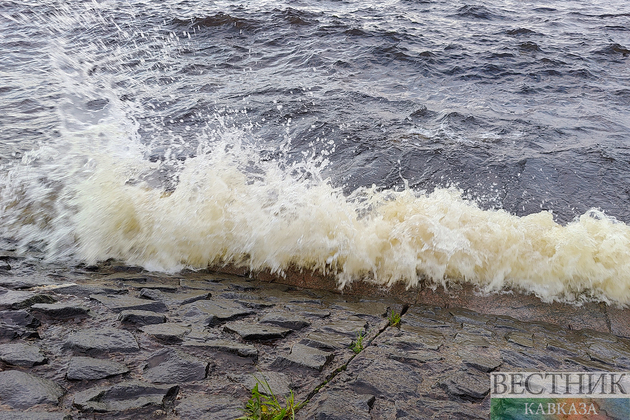Japanese specialists started to release into the ocean the first batch of treated water that was used to cool down the crippled reactors of the Fukushima-1 nuclear power plant.
The work began in accordance with the initial plan, because nature conditions in the Fukushima prefecture are normal.
Moreover, measurements showed that the treated water was properly diluted with seawater and the contents of tritium in it is well below the safety norm approved by the International Commission on Radiological Protection and the government of Japan.
The purified water will be discharged through a seabed tunnel about one km away from the shore. The tunnel allows discharging the water at the rate of 460 tons per day. Each ton of Fukushima water will be diluted with 1,200 tons of pure sea water. According to the plan, a total of 7,800 tons of treated water are to be discharged over the period of 17 days.
In the 2023 fiscal year, as many as 31.2 metric tons of wastewater will be released into the ocean.
In March 2011, a tsunami caused damage to power supply and cooling systems at the Fukushima 1 Nuclear Power Plant, which caused a nuclear fuel meltdown in three reactors, accompanied by explosions and the emission of radiation into the atmosphere. Vast territories were contaminated, forcing the evacuation of tens of thousands of people.
The reactors used water for cooling, and storing this water has become problematic due to its large volume - over 1.25 million tons.
TEPCO underscored that the tritium content in the water is being brought to one fortieth of the minimum allowable standard set by the International Commission on Radiological Protection (ICRP) and the government of Japan, and one seventh of the level allowed by the World Health Organization for drinking water.






